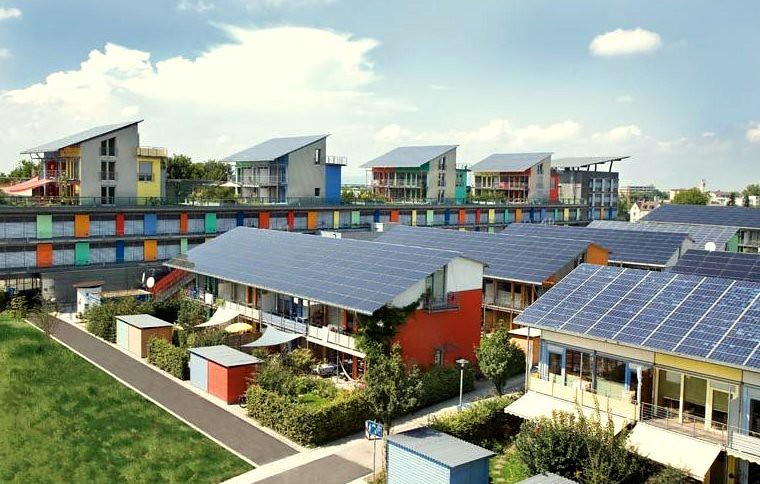Ripple Effects of New Tariffs: The Price Shock

American tourists are suddenly feeling a sting in their wallets when traveling abroad, and it isn’t just from splurging on souvenirs. Tariff changes in recent years have quietly but powerfully pushed up the cost of international adventures. When the U.S. government imposed tariffs on over $370 billion worth of foreign goods, the effects rippled far beyond store shelves at home. Now, Americans are facing higher prices not only on imported items, but also on everyday travel costs overseas. As a traveler, it can be shocking to discover that your money simply doesn’t go as far as it used to the last time you visited Paris, Tokyo, or Cancun.
Currency Fluctuations: The Dollar’s Dilemma

The value of the U.S. dollar is another culprit making trips abroad more expensive. Since tariff changes, the dollar has weakened against major foreign currencies, taking a big bite out of American tourists’ budgets. For example, over the past year, the dollar has dropped around 10% compared to the euro. That means a hotel room in Rome or a plate of tapas in Barcelona costs noticeably more. Even small shifts in exchange rates can add up, turning an affordable vacation into a pricey affair. Many Americans are now carefully watching currency news before booking trips, hoping for a swing back in their favor.
Prices for Goods and Services Are Up

Once they land, American travelers quickly notice that the cost of everything—from cappuccinos to cab rides—has ticked upward. Tariffs have triggered a domino effect, prompting many countries to raise prices on goods and services to offset their own increased costs. According to the National Retail Federation, travel-related services like hotel rooms and restaurant meals have jumped by an average of 5% in popular tourist spots. That kind of increase can blow a family’s vacation budget wide open, especially for longer stays or trips with multiple travelers.
Changing Destinations: Americans Rethink Where They Go

With rising costs, many American tourists are rethinking their travel plans. Domestic vacations, road trips, and budget-friendly destinations are suddenly more appealing. A survey from the American Automobile Association found that 60% of respondents are now looking at U.S.-based trips or less expensive countries instead of pricier international options. This trend is pushing more travelers to explore the wonders of their own backyard, or to research hidden gems abroad where the dollar stretches further. Some are even postponing big trips altogether, waiting for prices to cool down.
Travel Budgets Get a Reality Check

American tourists are having to be much more strategic with their travel planning. The Global Business Travel Association reports that 75% of business travelers are now budgeting higher amounts for trips, and the same goes for families and solo adventurers. Gone are the days of spontaneous splurges. Instead, travelers are seeking out deals, using travel rewards, and sometimes cutting back on activities or shorter trips to make their money last. For some, it’s a matter of sacrificing one indulgence—like a fancy dinner or a guided tour—to afford another.
Travel Insurance Takes Center Stage

As costs soar, travel insurance is no longer just an afterthought—it’s a necessity. The Insurance Information Institute has seen a 25% increase in travel insurance purchases over the past year, as more Americans look to protect themselves from unexpected expenses. Whether it’s medical emergencies, trip cancellations, or lost luggage, the financial risks of traveling are higher than ever. Comprehensive coverage gives travelers peace of mind, knowing that even if something goes wrong, they won’t be left with a sky-high bill.
How Inflation Is Fueling Travel Costs

Inflation is another major factor making international travel more expensive for Americans. According to the U.S. Bureau of Labor Statistics, inflation reached 6.2% year-over-year as of late 2021—the highest in decades. Everything from airfare to hotel rates and restaurant meals has been affected. When combined with the impact of tariffs, inflation magnifies the pinch on travelers’ wallets. Even simple pleasures, like a cup of coffee or a museum ticket, can cost much more than expected, forcing visitors to trim their itineraries.
Supply Chain Disruptions: The Invisible Enemy

The COVID-19 pandemic has wreaked havoc on global supply chains, leading to shortages and delayed shipments of everything from airplane parts to hotel linens. The World Trade Organization reports a staggering 20% rise in shipping costs due to these ongoing disruptions. For travelers, this translates into higher prices for flights, accommodation, and even basic necessities while abroad. Some hotels are raising rates to cover increased operational costs, while restaurants may charge more due to shortages in imported ingredients.
Smart Strategies for Saving Abroad

To cope with these higher costs, American tourists are becoming savvier than ever. Many now book flights and hotels months in advance to lock in lower prices. Others use travel rewards programs, credit card points, or price comparison websites—Expedia notes that 70% of travelers hunt for the best deals online. Some opt for local eateries instead of tourist hotspots, or choose off-peak travel dates to save. Simple tactics, like taking public transportation instead of taxis, can also make a big difference in stretching a travel budget.
Looking Ahead: What’s Next for American Travelers?

Experts are divided on whether travel costs will come down anytime soon. While some hope that global supply chains will stabilize and tariffs may be revised, others warn that ongoing geopolitical tensions could keep prices high. The U.S. Travel Association estimates that international travel spending by Americans won’t bounce back to pre-pandemic levels until at least 2024. For now, American tourists must adapt to a new reality—one where every dollar counts just a little bit more.



